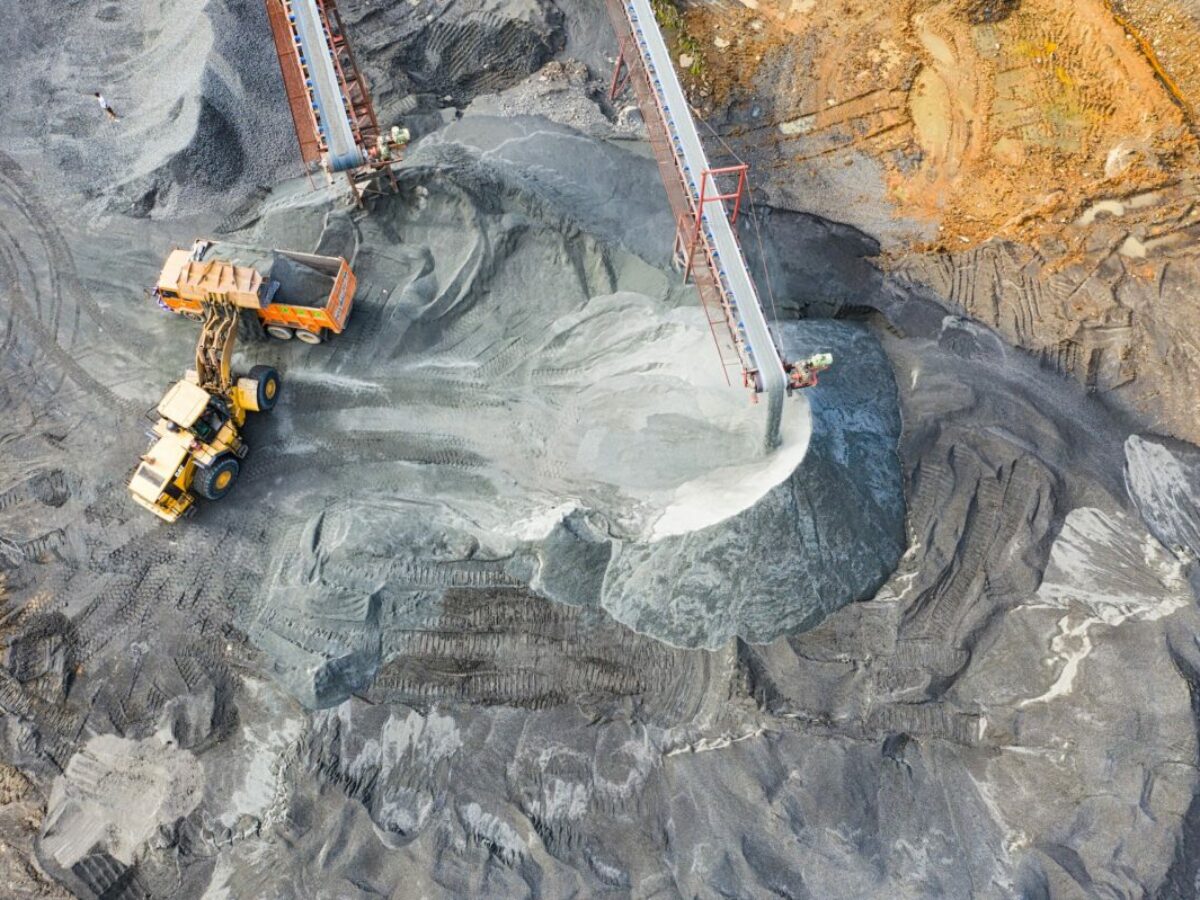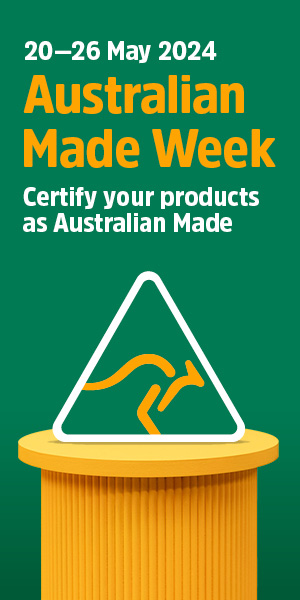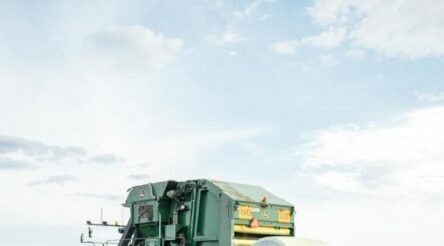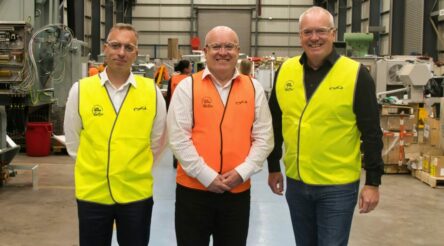New CSIRO report weighs up national circularity performance

CSIRO has published a new analysis of Australia’s circular economy, finding that though things have improved, the nation lags the global average of “circularity” for material flows.
Released on Wednesday, the Australian material flow analysis to progress to a circular economy report used data on economy-wide material flows for 2019. It found that Australia’s circularity rate improving marginally to 4 per cent, from 3.5 per cent in 2015, but “remains at half the global average.”
CSIRO scientist and report author, Dr Alessio Miatto, said the nation’s material footprint – the total amount of raw materials required to support goods and services – was also four times the world per person average.
“These metrics highlight opportunities to transition to a more circular and sustainable economy,” said Miatto.
Housing and transport make up half of Australia’s material footprint, with food responsible for another 22 per cent.
“In 2019, Australia extracted and harvested 2,587 million tonnes of materials. These virgin materials were supplemented with 119 million tonnes of imports and 39 million tonnes of domestically recycled materials. More than half of these materials were exported to other countries,” Miatto added.
Materials totalling 39 million tonnes of materials are currently recycled, about half of all materials captured through municipal, industrial, and construction waste schemes. The other half went to landfill.
Material use is the single largest determinant of energy use and emissions, responsible for more than half of global warming, and improving it could therefore reduce emissions.
CSIRO’s head of circular economy research, Dr Heinz Schandl, said employing circular economy opportunities in housing, mobility, food and energy provision could double Australia’s circularity rate.
“Australia currently recycles 39 million tonnes of materials, which is about half of all materials captured through municipal, industrial, and construction waste schemes. The other half is going to landfill which is a lost opportunity,” said Schandl.
“To bolster circularity, we need to focus on increasing our recycling output. We also need to rethink how we use materials, from designing products that use less material to schemes that extend the lifetime of products.”
The report is part of CSIRO’s Circular Economy for Missions initiative and can be accessed here.
Picture: credit CSIRO
@aumanufacturing Sections
Analysis and Commentary Awards Defence Manufacturing News Podcast Technology Videos










